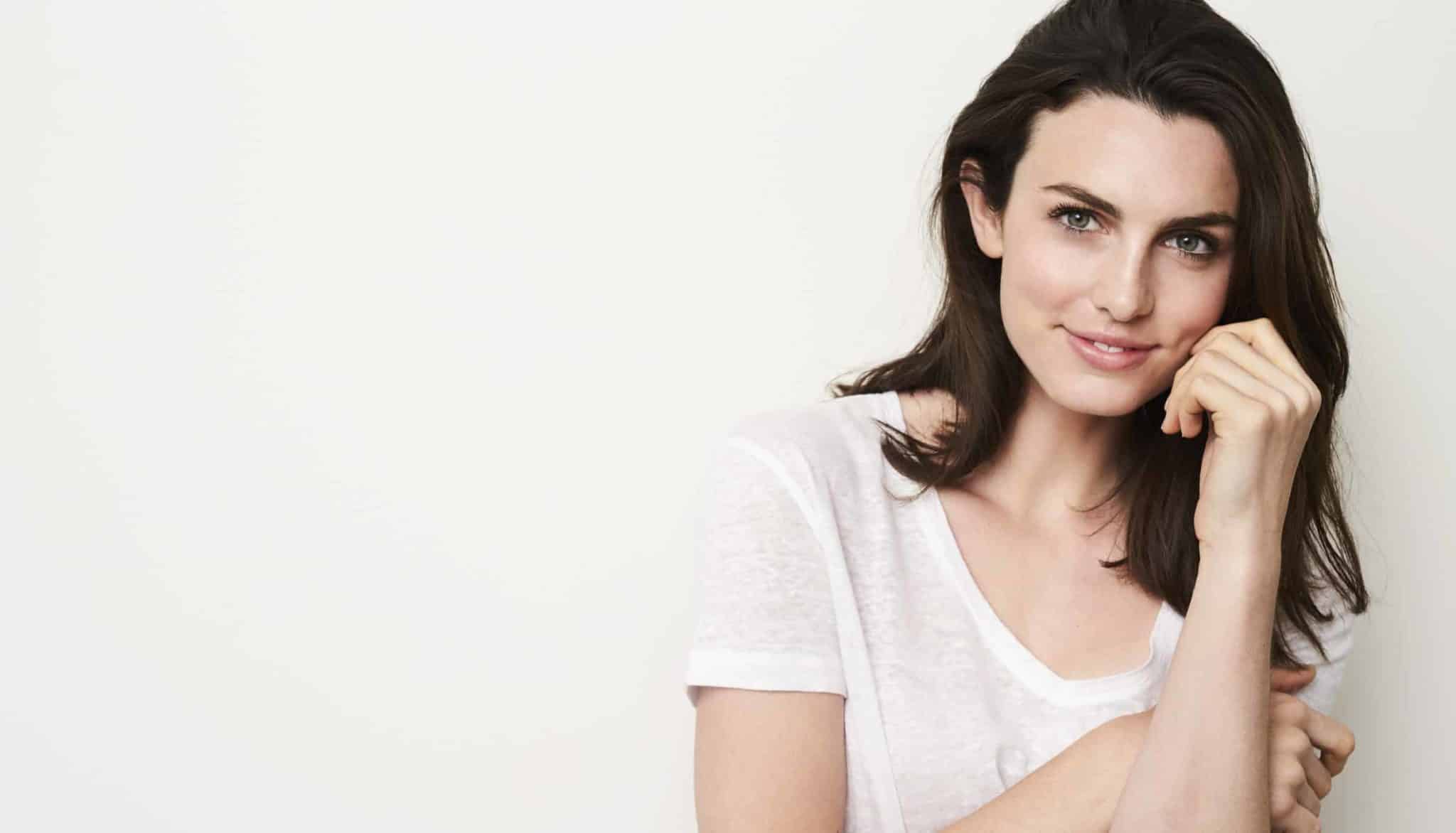Causes | Solutions | Nose surgery | Summary
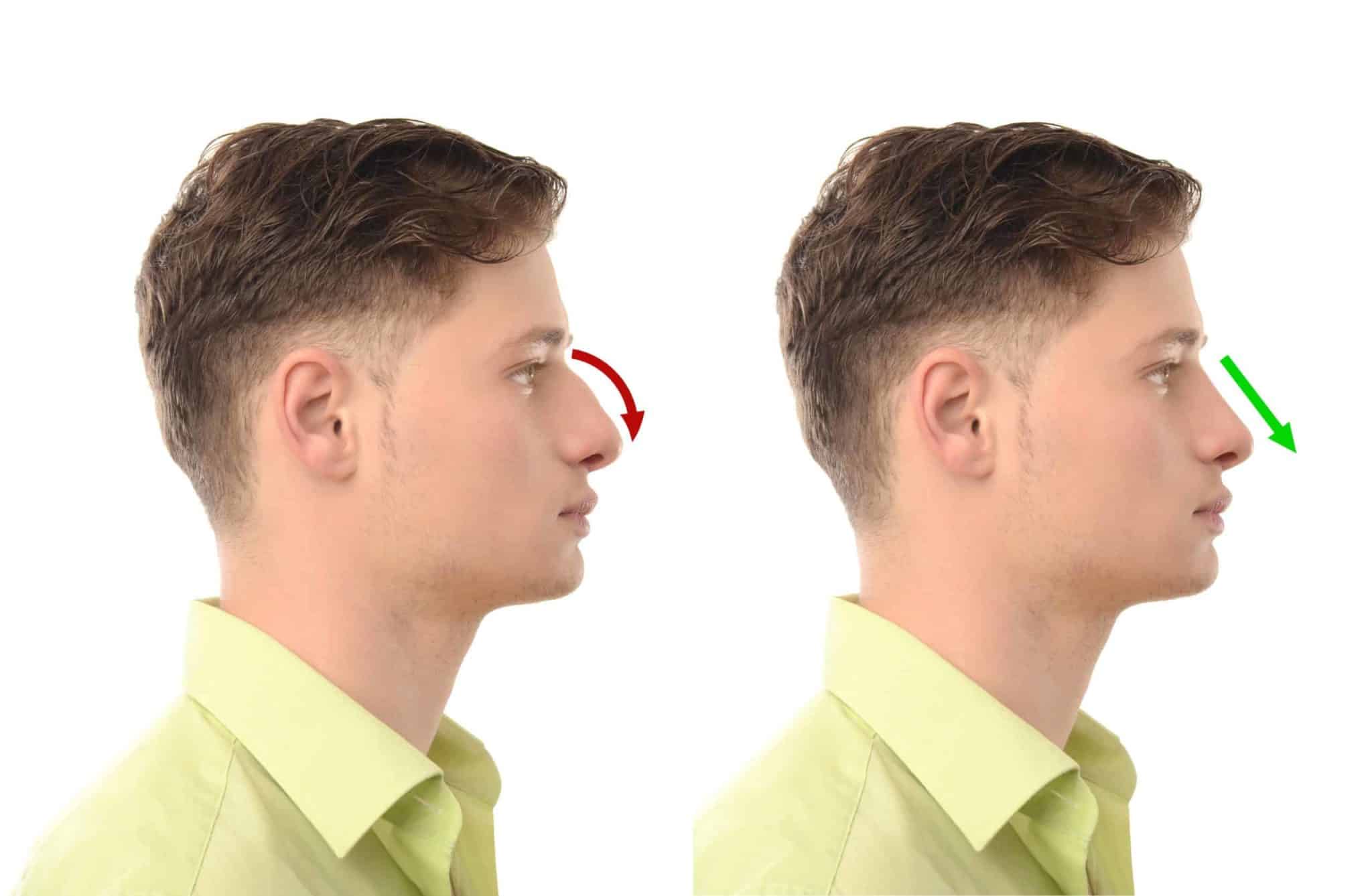
Medically Reviewed April 2023, by Claire Clarke - Head of Surgical Services for The Harley Medical Group
What is a crooked nose?
A crooked nose doesn’t follow a vertical, straight line down the centre of your face, which can make some people feel self-conscious. Depending on the cause, crooked noses will have different degrees of crookedness and these could vary from subtle to more dramatic.
While a crooked nose might affect your breathing, usually they only cause for concern is cosmetic. However, if it is affecting your self-esteem and you find yourself avoiding having your photo taken, then you may be wondering how to deal with a crooked nose in order to improve your confidence.
The good news is that you don’t have to live with these issues and a crooked nose operation may be something that you’d like to consider.
Nose reshaping surgery (which alters the shape of the nose and can correct any breathing difficulties) is the most common surgery option, but there are also non-surgical alternatives which may benefit you, such as dermal fillers.
Read on to find out more about how to fix a crooked nose.
What causes a crooked nose?
There are multiple reasons as to why some people have crooked noses, but the main two causes are:
Underlying issues
Having a crooked nose may be a result of an underlying issue with the bones, cartilage and tissue that are inside your nose.
Some of these may have been trigged by previous events, but typically include:
- Injuries or trauma (e.g. a broken nose that has healed crooked)
- Birth defects
- Tumours
- Severe infections
- A previous nose surgery
Depending on the cause of your crooked nose, your nose may be C-, I-, or S-shaped.
In some cases, the nose may just point to the right or left side of your face, meaning that it follows an oblique trajectory rather than a vertical one.
A deviated septum
A deviated septum occurs when the internal wall that separates your left and right nasal passages leans to one side and partially blocks one side of your nose. It is possible to develop a deviated septum after an injury, but some people are born with one.
Having a deviated septum may result in loud breathing, difficulty sleeping on one side or suffering from nosebleeds.
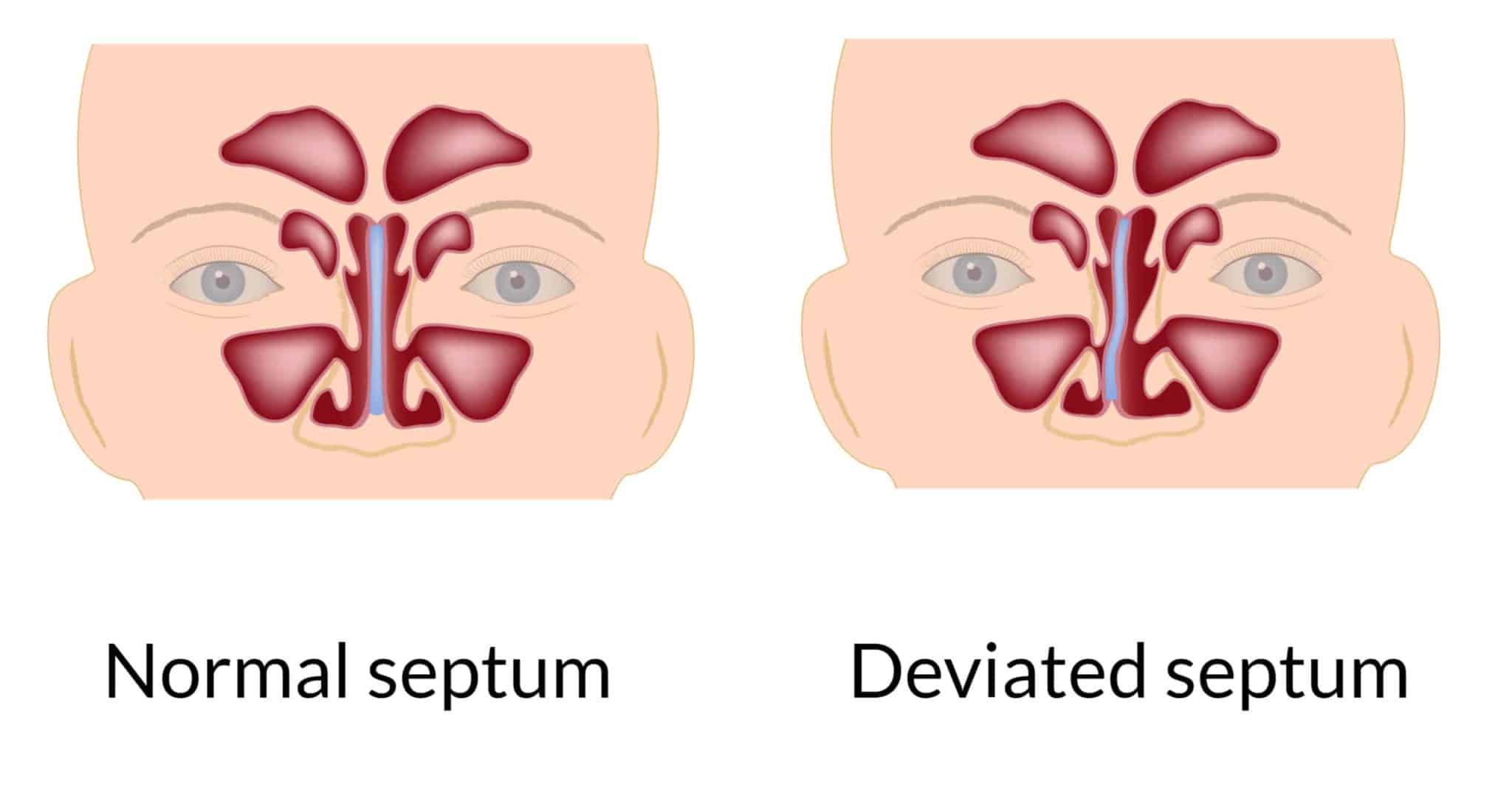
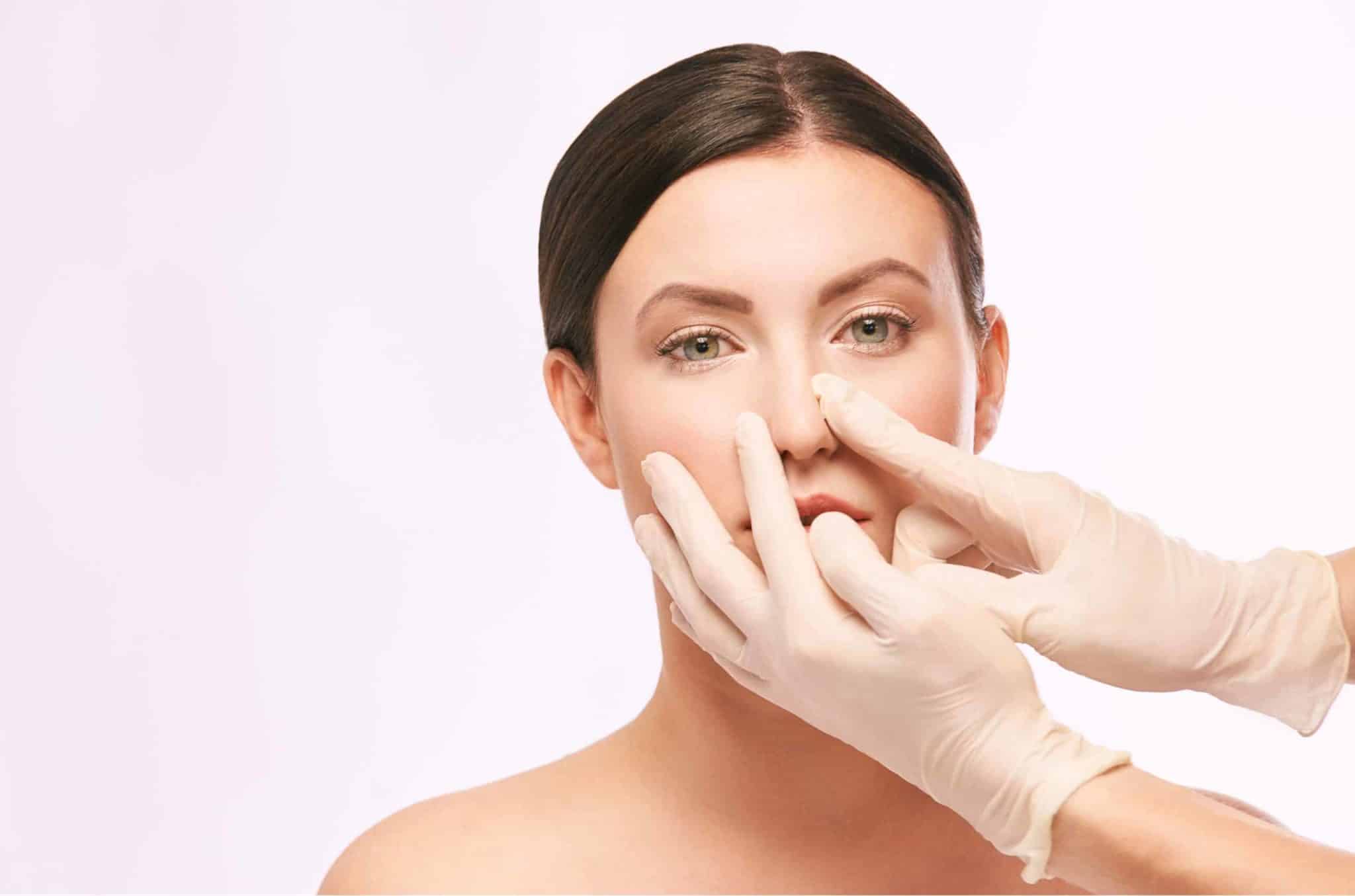
How to make a crooked nose look straight
If you have Googled “how to deal with a crooked nose” then it’s likely you will have come across a list of facial exercises which promise to straighten a crooked nose without surgery. But do they really work?
There is no scientific evidence to suggest that these exercises are efficient in reshaping the structure of your nose. It therefore seems unlikely that facial exercises will be able to deliver the results that you are looking for.
Your nose structure is made up of bones, tissue and cartilage which can only be altered through surgery. In some cases, non-surgical methods may prove efficient in changing the shape of your nose, but these are only temporary.
Nose surgery
Rhinoplasty surgery is also known as nose reshaping or a ‘nose job’ and there are four main types:
- Open rhinoplasty: during this procedure, a cut is made across the skin between the nostrils. You will be left with a fine scar which gradually fades.
- Closed rhinoplasty: tiny cuts are made inside the nostrils leaving minimal, mostly internal, scarring.
- Rhinoplasty-tip: the tip of the nose is reduced as a result of cartilage being removed, which may result in visible scarring.
- Nostril alteration: this involves tiny incisions with minimal scarring, usually hidden in the nostril crease.
Rhinoplasty can deliver the following results:
- Nose size reduction
- Nose length reduction
- Bride/hump removed or reduced
- Nostril size and shape adjustment
- Asymmetry amended
- The tip of the nose reshaped
- Breathing difficulties improved
Septoplasty surgery, also known as deviated septum crooked nose surgery by the wider public, corrects a deviated septum by straightening the nose.
During surgery, your doctor will reposition and straighten the cartilage and bone to the centre of the nose, which can also help to relieve nasal airway blockage.
When it comes to non-surgical rhinoplasty options, there is a range of injectable materials called soft tissue fillers or dermal fillers that can temporarily change the shape of your nose.
Dermal fillers can fill in the areas of your nose that are slightly crooked and off-centre, helping to improve its appearance by making it look straighter. The substances injected can be:
- Hyaluronic acid
- Silicone
- Calcium hydroxylapatite (CaHA) gel
Some people prefer soft tissue fillers over rhinoplasty because they are less costly and less invasive. While the recovery time and risks are lower, the results will only be temporary and the procedure will need to be repeated once these have dissolved.

When to see a doctor
In many cases, crooked noses do not cause any medical problems. However, it is also possible that you may experience functional issues, such as breathing difficulties.
If you suffer from any of the symptoms below, you should see a doctor who can advise on the most appropriate treatment option for you:
- Swelling, pain and redness
- Bleeding
- Hearing a crackling or crunching noise when touching your nose
- Finding it hard to breathe through your nose
- Feeling like your nose is blocked
Speak to a patient advisor BOOK A CONSULTATION
Key takeaways
- Having a crooked nose is a very common cosmetic concern, and you may be self conscious of your profile and avoid having your photo taken.
- Crooked noses are caused by a number of reasons, such as a broken nose which didn’t heal correctly, birth defects or a deviated septum.
- Facial exercises are unlikely to deliver results in fixing a crooked nose
- There is usually no need to treat a crooked nose, unless you have breathing problems
- If the appearance of your nose is affecting your self-esteem, it may be worth speaking to a doctor about your concerns.
Related Conditions
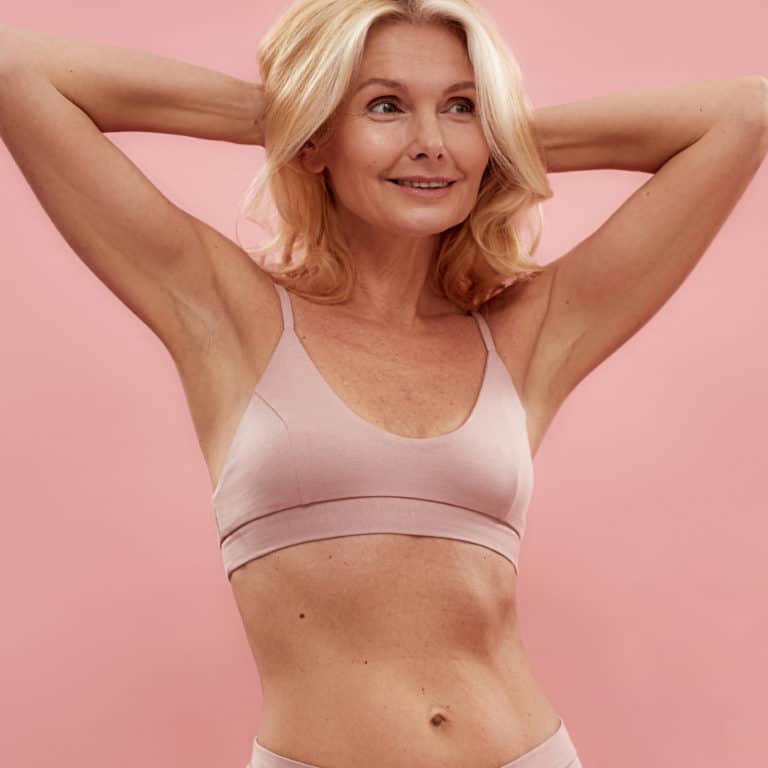
Saggy breasts (breast ptosis)
Sagging breasts or ‘breast ptosis’ is usually nothing more than a harmless, aesthetic feature. Breast ptosis often refers to lower appearing nipples, or those that point downwards and it can range from mild to severe...
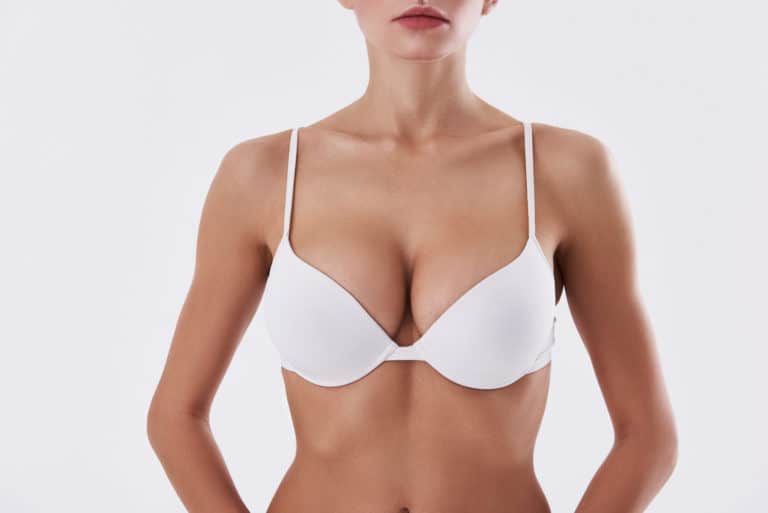
Breast asymmetry
Breast asymmetry (also known as uneven breasts) occurs when a woman has one breast that is a different size, position or volume to the other. It is a very common condition that affects more than half of all women. There are three types of breast asymmetry...
